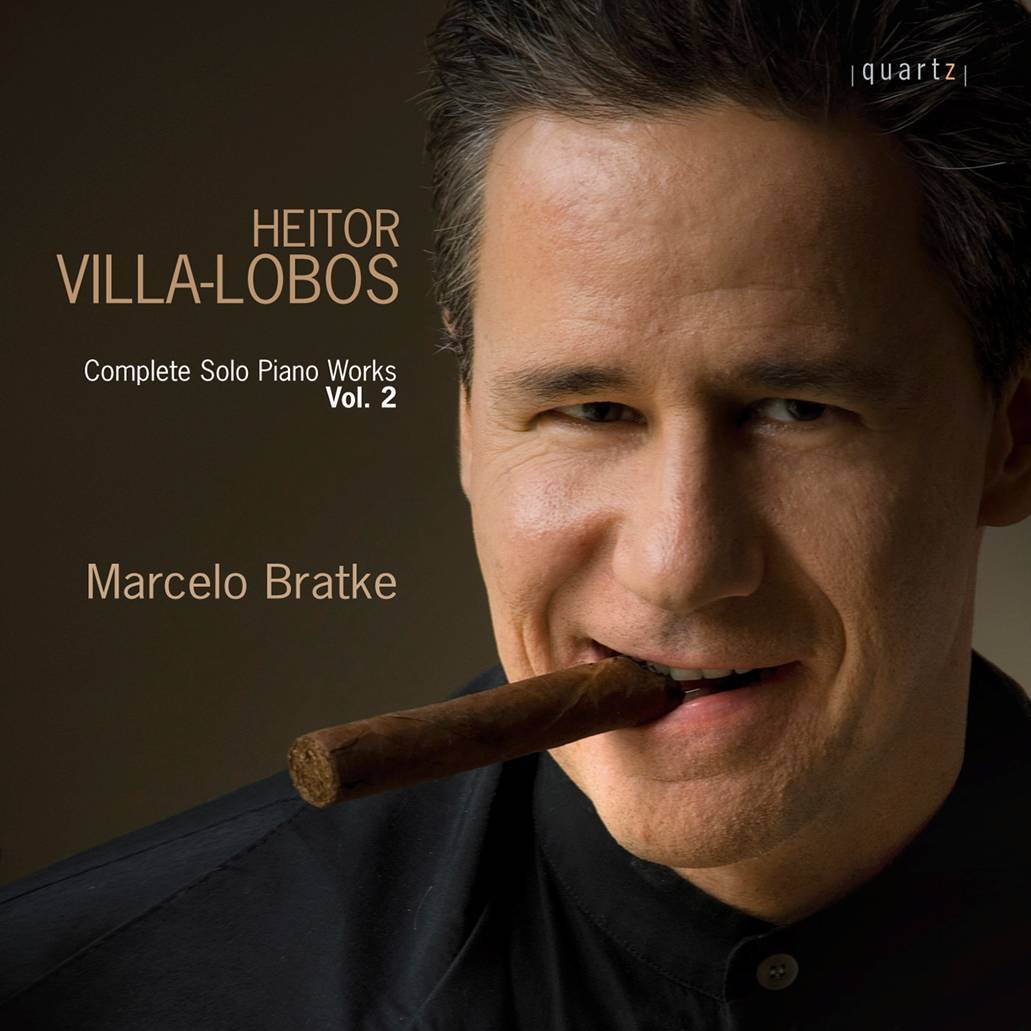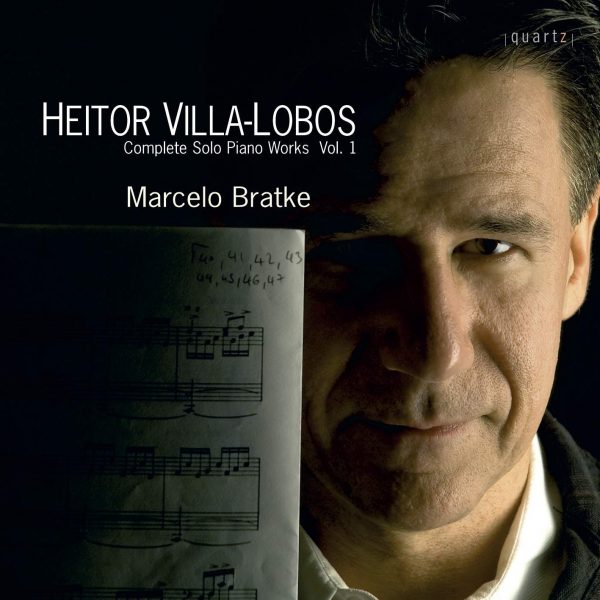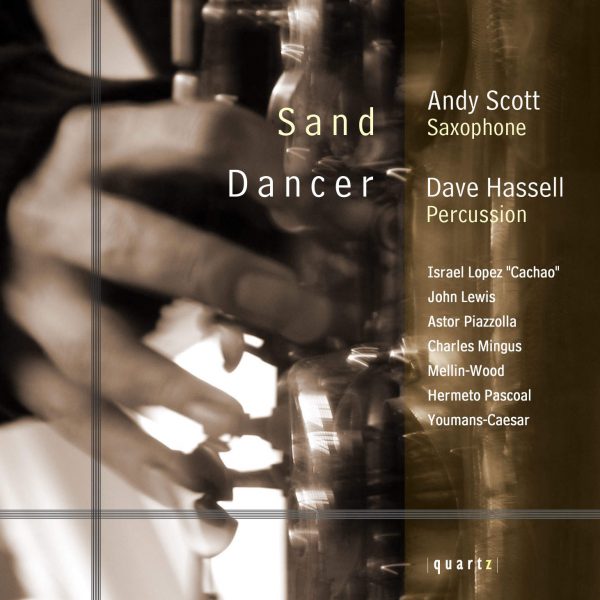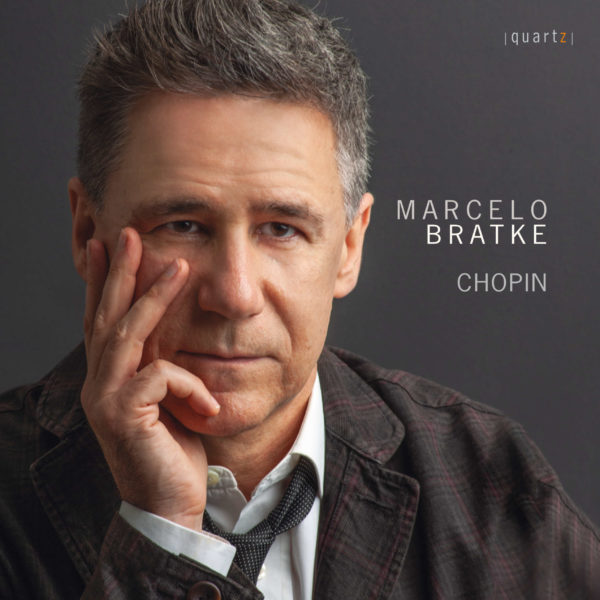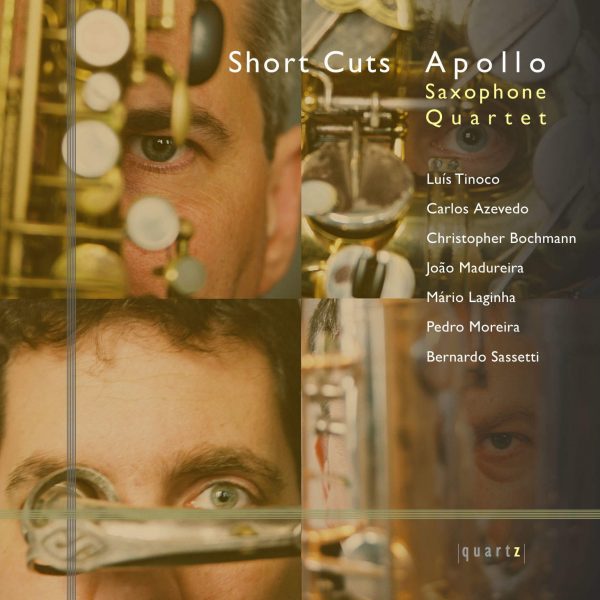Villa-Lobos: Complete Solo Piano Works – Vol. 2
£5.99 – £11.99
Bachianas Brasilerias No 4
A Lenda Do Caboclo
Saudades Das Selvas Brasileiras
Choros No 5 “Alma Brasileira”
Ciclo Brasileiro
About This Recording
VILLA-LOBOS – THE MUSIC WHICH DISCOVERED AND REVEALED BRAZIL
Macário, José Cavaquinho, Sátiro Bilhar and Quincas Laranjeiras. Between this unorthodox mixture of popular musicians and bohemians of Rio de Janeiro towards the end of the 19th Century, the adolescent Heitor Villa-Lobos fitted in as a mascot to the group. During the endless hours in which he fingered the guitar, he was learning the secrets of an artist’s life, absorbing the richness of popular culture directly from its routes. The death of his father forced Heitor to concentrate more seriously on his music. Having received clarinet and violoncello lessons at home, he began to appear in public concerts and cafés in his youth. The versatility he had, to share the stage with other recitalists and popular guitar players in combination of classical and popular music backgrounds, would be fundamental as a base to his creative persona.
Panqueca, a small piece composed in 1900, already anticipates some of the ingredients which would become the legacy of Villa-Lobos, the most authentic reflection of “brasility”. Neither his friendships with Ravel, Prokofiev, Milhaud and Stravinsky nor the years he was to spend in Paris had become a reality at this point but with the rise of the 20th Century, his unique music began to take on the form of colours of a tropical land. This music was the precocious output of a prodigy whose nickname was Tuhú – one of the multiple facets of the genius that the world would celebrate as “The Indigenous within Frack”.
The music of Heitor Villa-Lobos, a self-taught composer, embodies the Brazilian modernist program with a result that transposed what his rivals and colleagues; musicians, painters and literates of his time, had imagined. The secret lies maybe within his own artistic trajectory, embracing both folkloric and modern musical elements and transposing his unique style into his interest in popular music which followed him from the beginning. This launched him into incursions throughout Brazil researching the rhythms and melodies of his contemporaries.
Travelling around his country, he collected inspiration through registering elements of folkloric music to captivate the friendship of native guitar players and singers throughout this journey. The influence of these expeditions appeared first in the music for the ballets Amazonas and Uirapuru, from 1910, but remained in everything he wrote throughout his life. The most clear example lies perhaps in the cycle of Choros (1920-1929), a synthesis of the aesthetic ideal of “Brazilianism”:
“My first book was the Brazilian map, a Brazil which I observed with my soul, city by city, state by state, forest by forest, trying to capture the soul of a land. Then; the character of this man’s land and after that: the natural treasures of it. I continued confronting these studies of mine with foreign works and tried to find a meeting point to consolidate the personalism and the unalterability of my ideas”, he wrote in a sort of résumé of his musical party. Composer of more than a thousand works, which repeatedly revisited the themes of popular culture, the music of Bach and the universe of children, he left cirandas, cantatas, operas, concertos, symphonies and hundreds of scores that go from piano and harp solo pieces to all kinds of instrumental combinations. Villa-Lobos was more than a composer capable of defining the music physiognomy of a nation, he was engaged in “using” music as a media of communication between the different and contrasting levels of Brazilian society.
Heitor Villa-Lobos was born in Rio de Janeiro in 1887. He entered history as a composer,conductor, teacher and proud national. “Yes I am a Brazilian. In my music I tell the songs of the rivers and the sea of this vast country. I allow the beauty of our forests and our skies to emerge, transposing instinctively to everything I write”, he declared. Villa-Lobos lived most of his life in Rio, but his international career brought him to live at different periods in Paris from where he merged with Europe’s avant-garde. His last years were spent in New York. He conducted his music with 83 orchestras in 24 countries, including the Vienna and Israel Philharmonic, the New York, London, Cleveland, Boston and the BBC Symphony orchestras. He was recognized by many important institutions in Brazil, France, Italy and the United States, where he received honoris causa from the New York and Miami Universities. He founded the Brazilian Academy of Music, composed for Metro Goldwin Meyer and introduced music as an obligatory subject in the agenda of the schools in Brazil. He died of cancer in Rio de Janeiro on March 17th 1959. More than the impact of his music on an individual scale, Villa-Lobos was able to create and express to the world the most accurate portrait of Brazil with its diversity and contradictions translated into music.
Celso Masson – journalist
————————
All the works in this CD have a direct reference to Brazil. They come from two different periods of Villa-Lobos artistic production, firstly the twenties when he was engaged in presenting a certain Idea of “Brazilianity” to the cutting edge Paris of the time, secondly the thirties, when he returned to his homeland to engage himself in an ambitious governmental program of musical education for the masses through the practice of the choral chant.
Bachianas Brasileiras no.4
After two long periods in Paris, in the twenties, in which – according to his own words, ‘I am not going to France to learn but to show what I have achieved’ – Villa-Lobos came back to Brazil. In 1930, a revolution changed the political system in the country, leaving behind the old oligarchy republic and placing Getúlio Vargas in power. Within the new regime – which, in 1937, would become a dictatorship known as the New State – the composer assumed public functions, being responsible for a new project, that of musical education for the masses. During the same period, he began to write his most widely known work: the nine Bachianas Brasileiras, conceived with the various distinct musical formations he was seeking. At the same time, reinforcing the idea of “nationalism” in his music and also paying tribute to J.S. Bach’s legacy. Bachianas Brasileiras no.4 is the only item of this cycle for solo piano, to be later orchestrated or transcribed by the composer himself. Each of its movements has two titles – one “Bachian”, the other “Brazilian” with each of its movements being dedicated to a different pianist. Written in 1941, Prelúdio (Introdução) was dedicated to the Spanish virtuoso Tomás Terán, whom the composer met in Paris and who subsequently became an important defender of Villa-Lobos’ music. The element of constant repetition present in the first phrase, around which the entire piece is based, prompted the Finnish musicologist Eero Tarasti to point out its similarities to the opening of Bach’s Toccata from Partita No. 6 in E minor, BWV 830. During the same year he wrote Choral (Canto do Sertão), and dedicated the work to another collaborator, the pianist and composer José Vieira Brandão. The piece highlights, using top notes, the insistent repetition of a motive describing the singing araponga, a bird from the deep countryside of northeast Brazil.
Dedicated to Sylvio Salema, Aria (Cantiga), written in 1935, brings out the melody of O mana deix’eu ir, a famous folk song from Northeast Brazil and at the same time Dansa (Miudinho) quotes Vamos Marruca, a tune collected in São Paulo, it is dedicated to Antonieta Rudge, one of the most famous Brazilian pianists of the first half of the 20th Century, who was married to Charles Miller, who introduced soccer to Brazil.
A Lenda do Caboclo
Written in 1920, this work was dedicated to the pianist Arthur Iberê Lemos, who gave its first performance in Porto Alegre in 1921. For the musicologist Gerard Béhague, it has a close relationship with another piece on this CD – Choros No.5, and it represents an excellent reflection of the composer’s output during that period. Béhague relates: “The nationalistic inspiration of the piece is subtle, it is communicated essentially through the model and harmonic lines and the rhythmical structure of its theme and accompaniment, it is always associated with the persistent silence of the lifestyle of the caboclo, and one attempt to express this vision of the world.” (The caboclo is an inhabitant from the Brazilian countryside defined as a mixture of European and a Brazilian Indian)
Saudades das Selvas Brasileiras
With its title and in its musical language, this work reflects Villa-Lobos Parisian period, in which he wanted reaffirm himself not only as a “Brazilian National” but also as a Modernist composer who was in tune with all the avant-garde tendencies in vogue in the French capital. Written in 1927, it was premièred at Salle Chopin, in Paris, by Janine Cools, during a modern music festival. The work is divided into two brief sections. The first is a toccata of wild accents which appears to evoke an imaginary rain forest. The second one, full of lyricism which seems to echo Lenda do Caboclo, gives the impression of the nostalgic mood of its title, Saudade; a difficult work to be translated from Portuguese to other languages, meaning a certain sadness of missing someone you love.
Choros No.5 – “Alma Brasileira”
During his youth, always carrying a guitar, Villa-Lobos used to participate, in the practice of popular music making, known as choro, in his native Rio de Janeiro. Choro musicians, such as Donga, Pixinguinha and Anacleto de Medeiros, were called chorões, and Villa-Lobos decided to pay an homage to this unique universe of characters who were typical of the twenties in Rio. It was when he wrote Choros, the most daring set of pieces of his extensive work. Written for the most unusual and diverse combination of instruments, from solo to big orchestra, passing through chamber formats, the Choros were, as defined by the composer himself: a new format in musical composition, in which synthesized modalities of Brazilian indigenous, primitive, civilized or popular music had in its central element, the rhythm in counterpoint with folk melodies fragmented asymmetrically and incidentally into the music”. Dated from 1925, Choros No.5 is dedicated to Arnaldo Guinle, one of Villa-Lobos’ patrons who sent the composer to Europe. If other works of the Choros series seem to resemble a distant relation to the popular music practiced by the chorões of Rio, Alma Brasileira evokes the suburban spirit of serenades from Rio de Janeiro at the beginning of the 20th Century.
Ciclo Brasileiro
Dated 1936, Ciclo Brasileiro (Brazilian Cicle) was written during the same period as Bachianas Brasileiras, corresponding to the period in which Villa-Lobos had returned to Rio de Janeiro and was involved with musical education. This set of four pieces is dedicated to Arminda Neves d’Almeida (1901-1985) nicknamed Mindinha, after the composer’s second wife. Romantic and nationalistic with a brilliant and virtuosic pianistic texture, its musical language could sometimes sound as if Rachmaninov had visited the tropics. O Plantio do Caboclo combines an ostinato at the right hand cradling a languid hymn. Meanwhile Impressões Seresteiras propose a waltz with grand pianist brilliancy in which the keyboard sometimes imitates a guitar, which was the young Villa-Lobos’ instrument. Festa no Sertão is a toccata which evokes the vigor and richness of the afro-brazilian rhythms and Dança do Índio Branco, the last piece of this CD, could be seen as much as the music which occupies just the white keys of the keyboard or, as described by the composer, the impersonation of a white skin Indian, as Villa-Lobos liked to imagine himself.
Irineu Franco Perpetuo
Track Listing
-
Heitor Villa-Lobos
- Bachianas Brasileiras (i) Preludio (Introducao)
- Bachianas Brasileiras (ii) Coral (Canto do Sertao)
- Bachianas Brasileiras (iii) Aria (Cantiga)
- Bachianas Brasileiras (iv) Danca (Miudinho)
- A Lenda Do Caboclo
- Saudades Das Selvas Brasilerias (i) Animato
- Saudades Das Selvas Brasilerias (ii) Un poco animato
- Choros No 5 - Alma Brasileira
- Ciclo Brasileiro (i) Plantio do Caboclo
- Ciclo Brasileiro (ii) Impressoes Seresteiras
- Ciclo Brasileiro (iii) Festa no Sertao
- Ciclo Brasileiro (iv) Danca do Indio Branco
